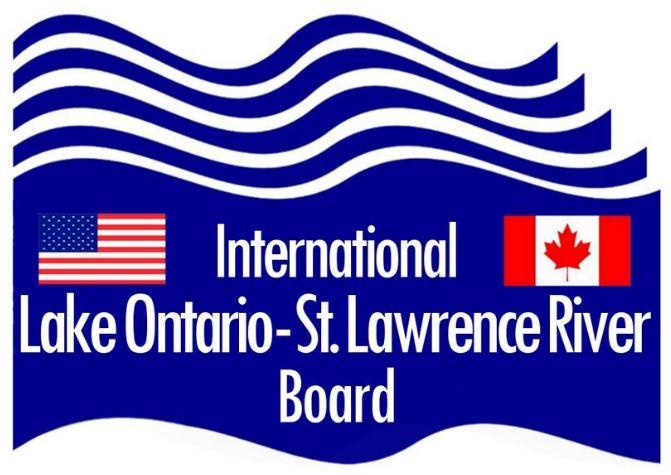IJC approves Plan 2014 deviation strategy this winter

The International Joint Commission (IJC) has approved the International Lake Ontario – St. Lawrence River Board’s request for authority to deviate from Plan 2014, and as conditions permit, outflows from the Moses-Saunders dam on the St. Lawrence River can be increased to exceed Plan 2014 flows.
The risk of high water on Lake Ontario in 2021 is moderate due to persistent high-water levels on Lake Erie and the upper Great Lakes. This will cause inflows to Lake Ontario from Lake Erie to remain high over the coming winter months. The main driver of a high-water event in the Lake Ontario basin will depend on seasonal factors such as precipitation and snowpack runoff.
Since June, Lake Ontario levels have steadily declined to just above the seasonal long-term average. Levels remain well below those that would automatically grant the Board the authority to deviate from Plan 2014 outflows. The board and IJC recognize the continued threats posed by high water supplies into the system and the risk of another high-water event in 2021. The board will implement a deviation strategy to take advantage of opportunities that may arise throughout the winter.
The IJC has granted this authority under Condition J of its Orders of Approval, which allows for the testing of some regulatory deviation strategies from Plan flows. This authority will begin January 1, 2021, and continue through the end of February. This regulatory strategy will be reassessed in February and could be revised with a request for further deviation authority from the IJC should conditions warrant. During this period, flow limits are expected to pertain to low Lake St Lawrence levels, municipal water intakes, and river ice formation. All deviation strategies, regardless of magnitude of impact, implemented by the board in this time frame, are intended to cumulatively reduce the risk of high-water impacts and balance the interests of other groups throughout the system.
There remains considerable uncertainty in the weather and water supply conditions between now and next spring. These natural, uncontrolled hydrologic factors are the primary driver of water level fluctuations on Lake Ontario and the St. Lawrence River. If basin conditions are extremely wet, and similar to those observed in 2017 and 2019, no deviation strategy will prevent water levels that can cause flooding and damage shoreline properties. Providing those types of benefits are beyond the reach of water regulation and are more reliably addressed through coastal resilience and planning.
Information on hydrologic conditions, water levels, and outflows, including graphics and photos, are available at https://www.ijc.org/en/loslrb.
Provided information




